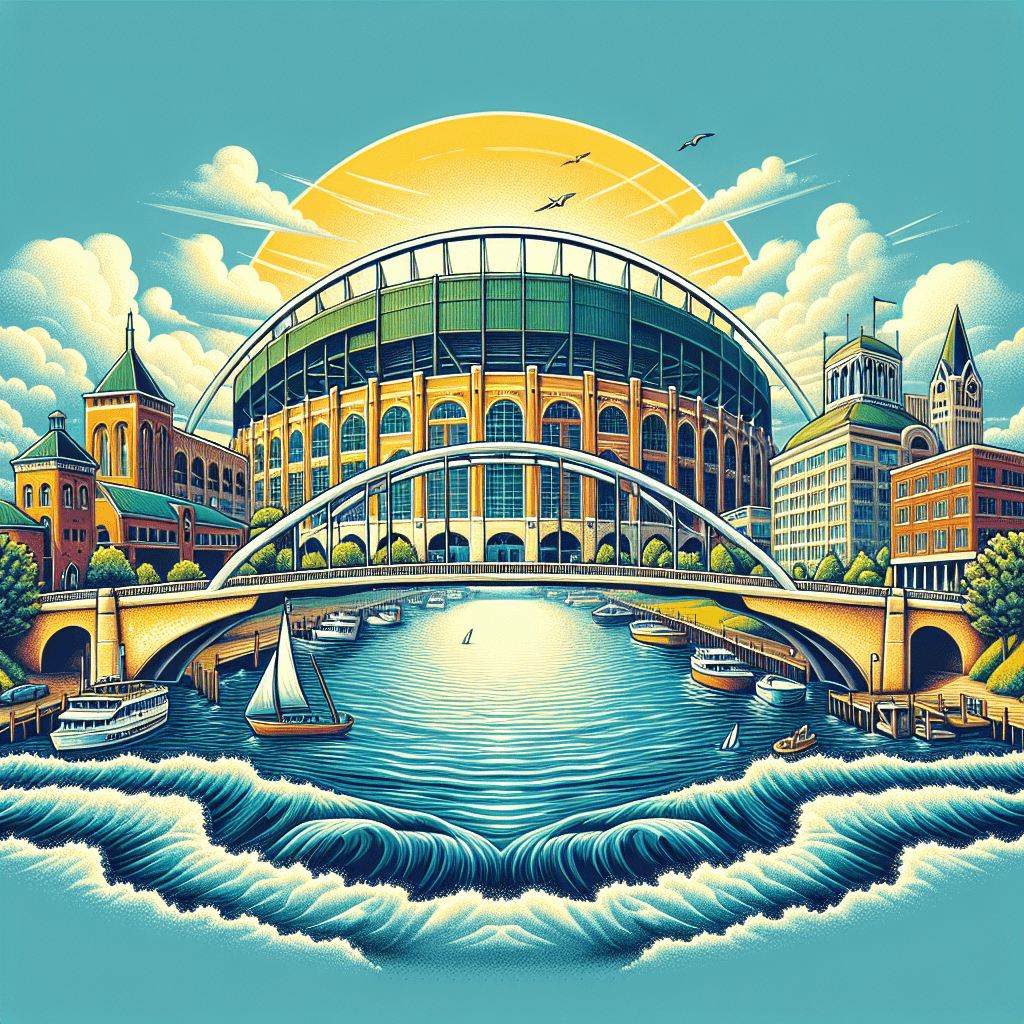Introduction
Green Bay, situated in the U.S. state of Wisconsin, is well acknowledged for its historic significance and vibrant culture. It is the oldest city in Wisconsin, established by French fur trappers in the 1600s, and still holds the charm of its past while embracing modernity with open arms. This article delves into various aspects of Green Bay – the city’s history, geographical position, cultural diversity, economy, sports spirit, education and important attractions.
History of Green Bay
Green Bay has a rich history that dates back to the 17th century. It was originally home to several Native American tribes before the first Europeans arrived around 1630. The city got its name from the green streaks seen in the Bay due to the large quantities of algae. The French explorer, Jean Nicolet, is credited to be the first European to visit Green Bay. He arrived in 1634, aiming to form alliances between the French and local native tribes.
Green Bay swiftly became a part of the thriving fur trade industry, initially established by the French and later shifting to British control. After the Revolutionary War, the U.S. gained dominance over the city, which later played a crucial role during the lumbering boom in the 19th century.
Geographical Location
The city is located at the head of Green Bay, a sub-basin of Lake Michigan, at the mouth of the Fox River. Green Bay’s flat landscape is broken up by the rolling Hills of the Niagara Escarpment to the east. The location at the junction of river and bay provides an ideal setting for various water-based recreation activities.
Cultural Diversity
Green Bay reflects a blend of diverse cultural backgrounds given its rich history fused with contemporary influences. One of the significant cultural highlights is the ‘Festival of Lights’, celebrated during Christmas to reflect the vibrant community spirit. The Oneida Nation’s annual Pow Wow and the multi-cultural celebration ‘Festival of Nations’ display the ethnic diversity within the city.
Economy
Green Bay is an industrial city with several manufacturing and paper companies. The city is also known for its health care, education, and services, which form its diversified economy. Notably, it is home to the headquarters of Fortune 500 companies like Schneider National and Associated Bank.
Sports Ethos
Green Bay breathes sports, with the city’s heart beating for its football team, The Green Bay Packers. Established in 1919, it is the third-oldest franchise in the NFL. It is the only non-profit, community-owned major league professional sports team based in the United States. Apart from football, the city is home to multiple minor league teams in different sports.
Education
Green Bay houses several renowned educational institutions. The University of Wisconsin-Green Bay and Northeast Wisconsin Technical College contribute significantly to the city’s higher education scene. The city’s public school system, Green Bay Area Public School District, is the fourth largest in the state.
Tourist Attractions
Green Bay’s attractions offer a variety of experiences, from historical to sports-centric. The Neville Public Museum houses art, history, and science exhibits relevant to Northeast Wisconsin and the Upper Peninsula of Michigan. The Green Bay Packers’ Lambeau Field is a must-visit for sports enthusiasts. Other notable attractions include the Bay Beach Wildlife Sanctuary, New Zoo, and Heritage Hill State Historical Park.
Notes
Image Description
The image showcases Green Bay teeming with life on a beautiful summer day. In the forefront, the crystal clear water of the Fox River can be seen swelling beneath the graceful arch of the Don A. Tilleman Bridge, as the towering Lambeau Field, home of the Green Bay Packers, stands majestically in the background. The city’s skyline, with its mix of historic structures and modern architectural marvels, is painted against a vibrant blue sky, embodying the city’s harmonious blend of past and present.
